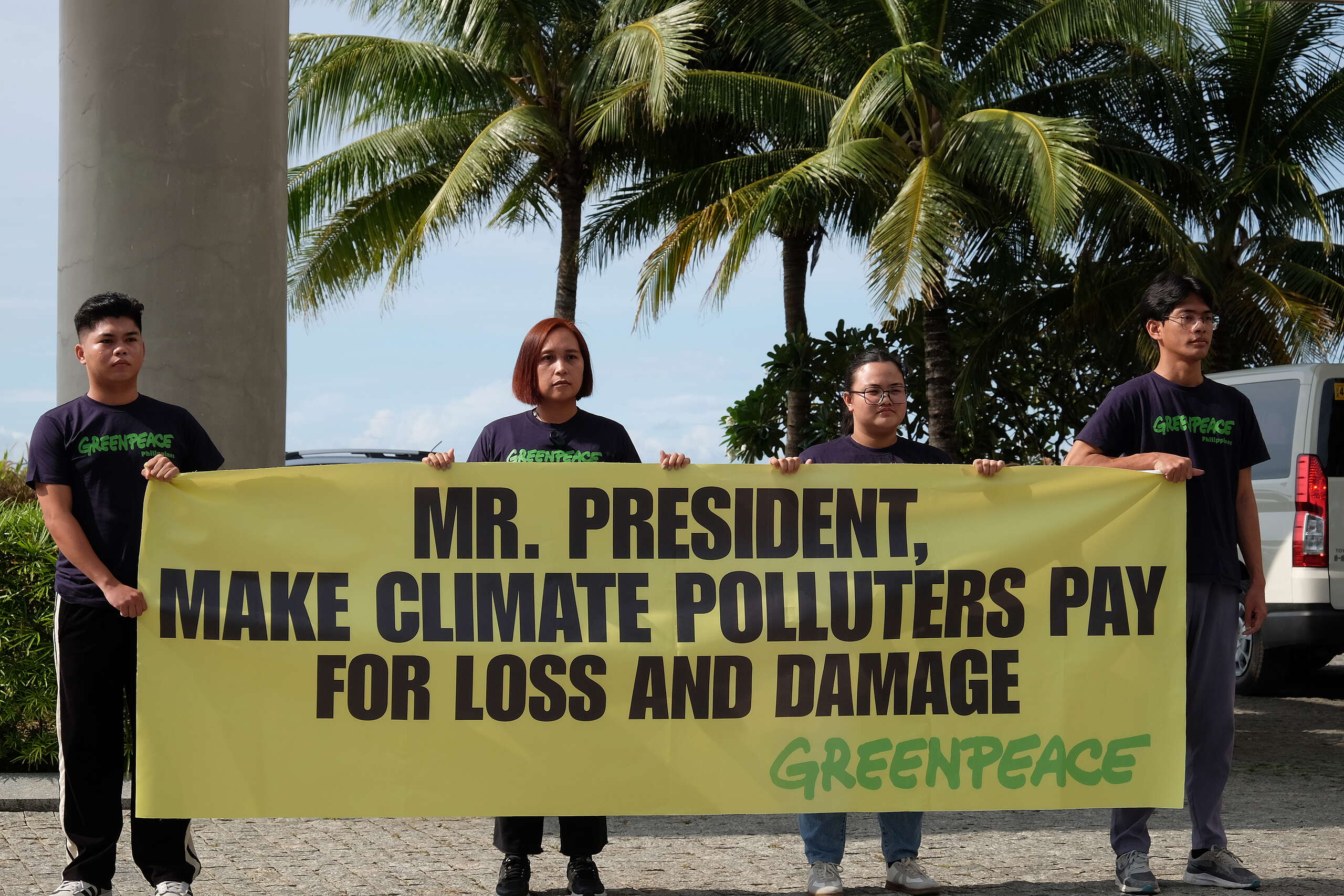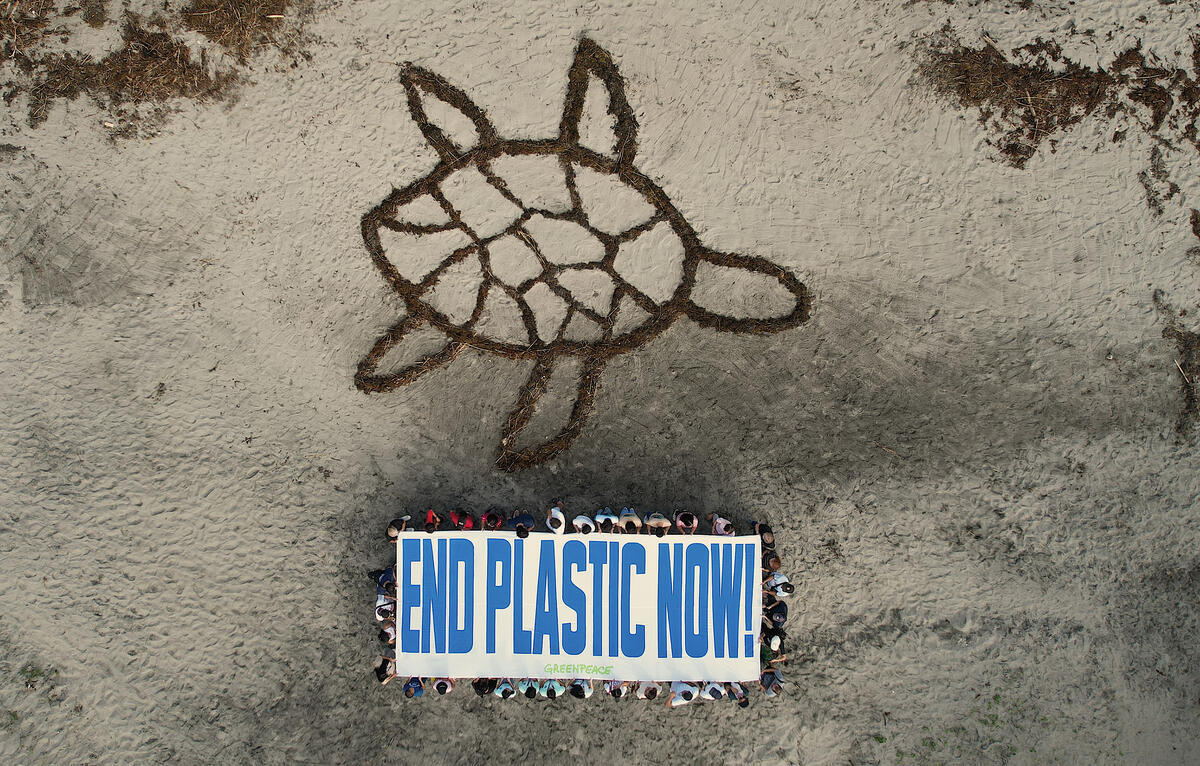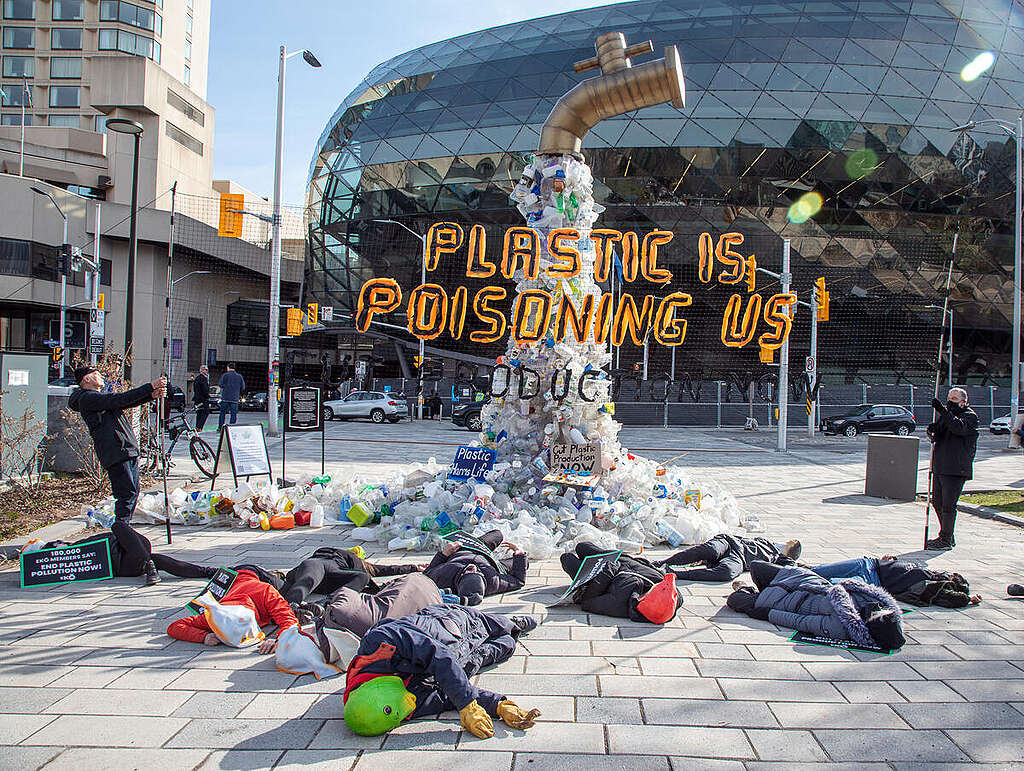
Plastic pollution poses a grave threat to both the health of the people and the environment. It affects everyday life, with harmful chemicals leaching from plastic products, especially single-use plastics. Microplastics and toxic emissions from plastic production are linked to cancers, reproductive issues, and respiratory diseases, with communities near plastic manufacturing facilities bearing the brunt of these effects, often enduring polluted air and water with little recourse.
The crisis extends to the environment. In 2023, plastic production accounted for 3.7% of global greenhouse gas emissions. If left unchecked, this could rise to 4.5% by 2060. Single-use plastics heavily contribute to this problem, with plastic production expected to triple by 2050. The plastic crisis is worsening each day.
Dr. Michelle Reyes, a registered pharmacist, a Community and Family Medicine Resident, and the Sustainability Officer of Health Care Without Harm Southeast Asia, explains how plastic pollution directly and indirectly affects health.
How does plastic pollution and production affect the health of the people and the environment?
“People can be exposed to hazards directly from using plastic products. For example, from chemicals and microplastics in IV bags or bottled water, or indirectly, from air pollution and climate change caused by making and burning plastics. Resource extraction and plastic manufacturing facilities are often sited in or near low-income or otherwise marginalized populations, who may suffer from pollution and environmental degradation from multiple sources and have limited ability to challenge industrial interests. Air pollution from these facilities is known or suspected to cause cancer, reproductive and birth defects, among other serious health and environmental effects. People who depend on environments that are affected by the plastic crisis, such as fishers or persons involved in the tourism industry, may also suffer due to loss of livelihood.”
“Although there is still a lot we don’t know about the risks of plastics, including significant gaps on microplastics, and thousands of chemicals used at different stages of the plastics life cycle, many health impacts are already proven, and scientists are uncovering ever more threats as research accelerates. This often includes polymers or applications that were previously thought to be harmless.”
What role does the Global Plastic Treaty play in ensuring healthy communities and environments?
“We urge world leaders to commit to a just and equitable Global Plastics Treaty that respects human rights, limits the production of plastics, eliminates unnecessary plastic products, including single-use plastic, prioritizes detoxification, and ensures transparency of plastic products and materials. We call on policymakers and government leaders to demand a treaty that prioritizes health.”
“This is a once-in-a-generation, legally binding treaty that addresses plastic pollution to protect human health and the environment. I am sharing here the Open Letter that was published by Health Care Without Harm from healthcare professionals representing 18 million individuals, healthcare facilities, and organizations worldwide on how we need a just and ambitious treaty.”
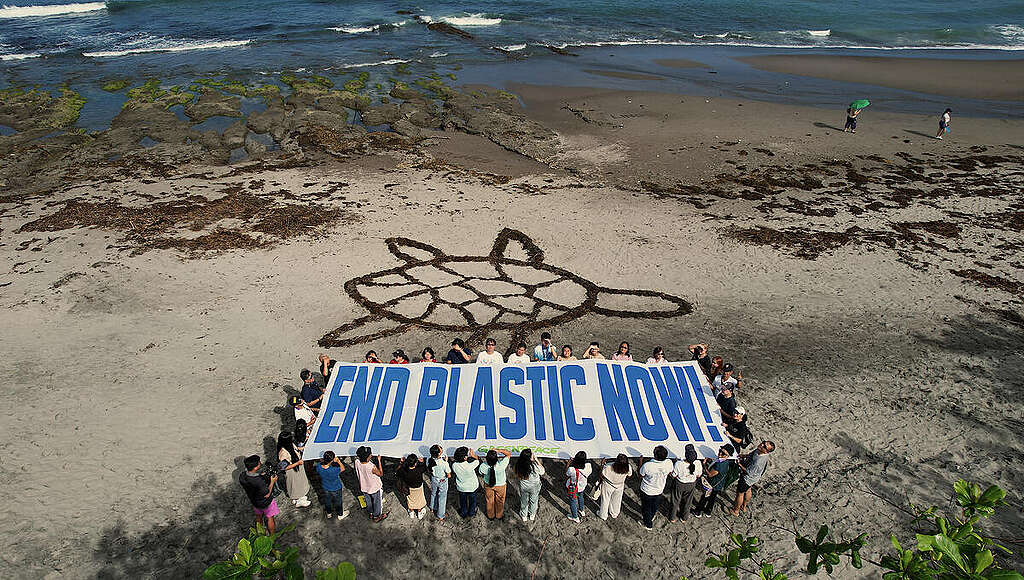
Plastic pollution impacts are undeniable, but solutions exist. A strong Global Plastics Treaty can pave the way for healthier communities and a sustainable planet. Join the call and urge world leaders to champion a strong Plastics Treaty that will protect the planet and the people: act.gp/plasticstreatynow
###
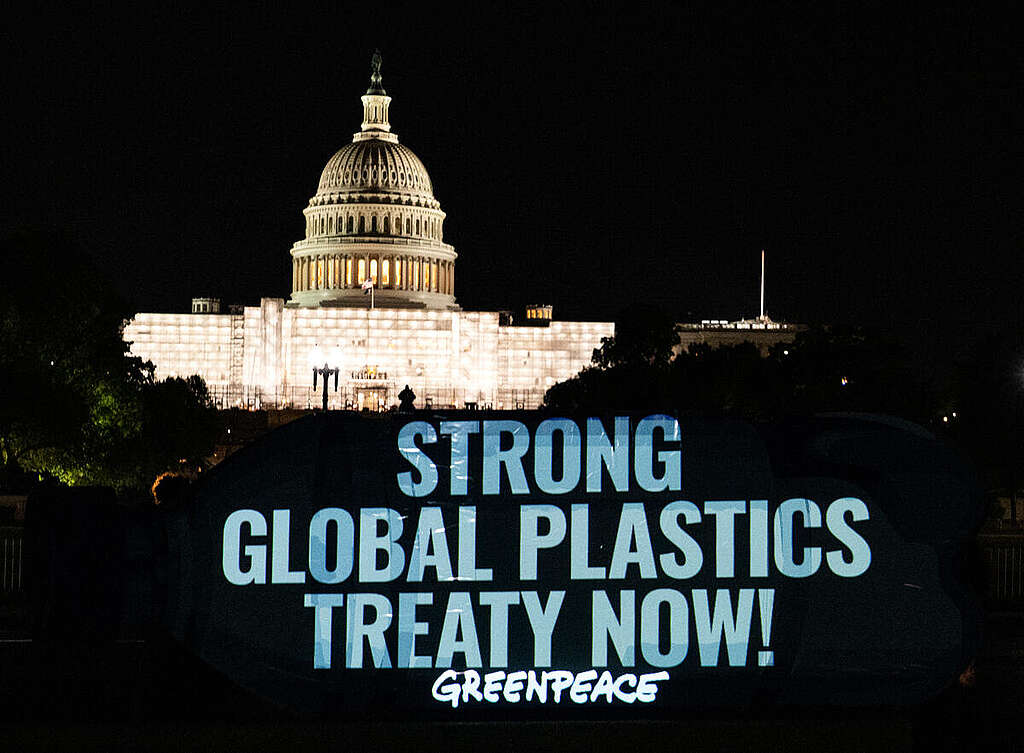
Urge world leaders to support a treaty that protects the people and the planet from plastic pollution.
SIGN THE PETITION
